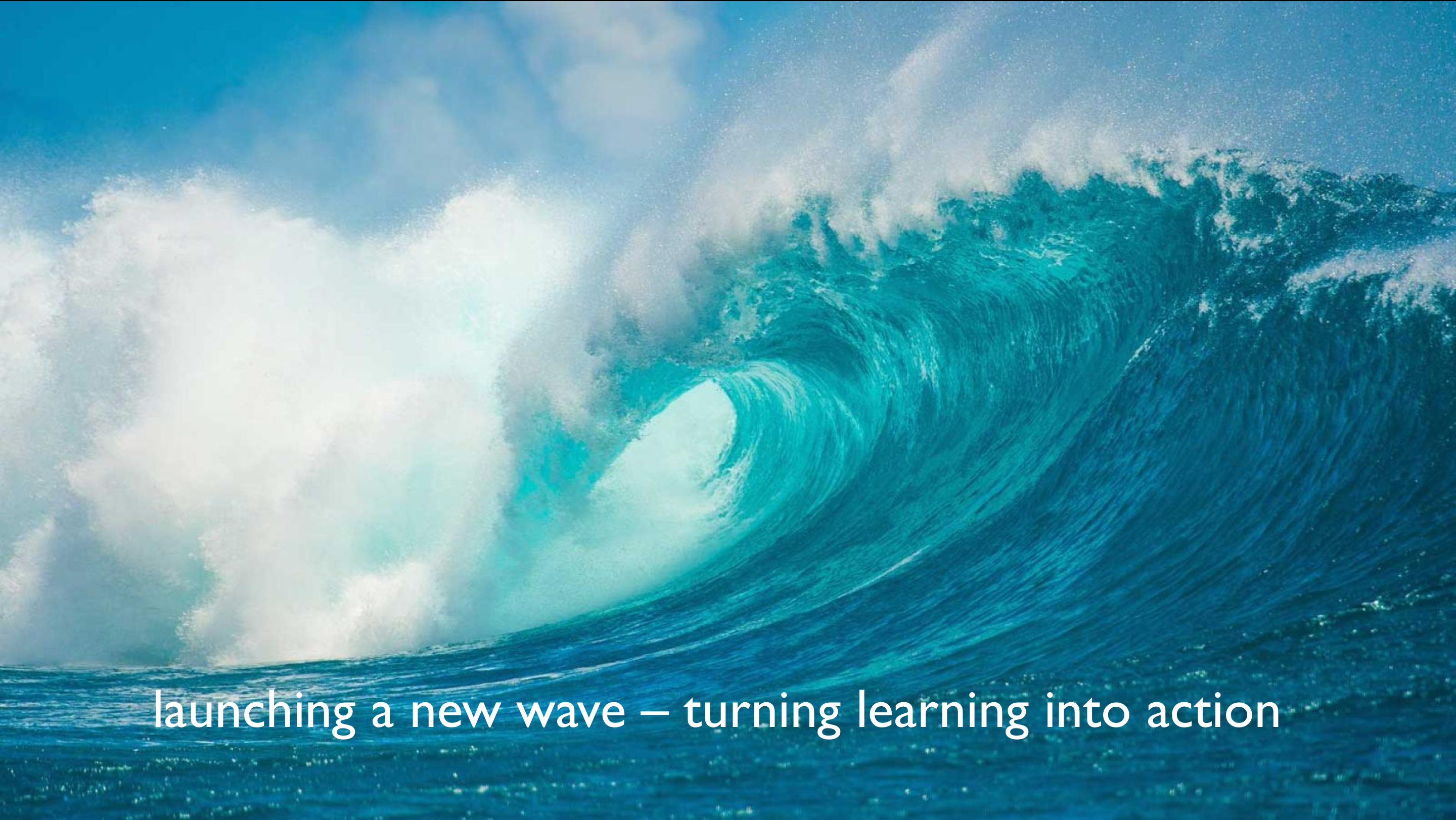Aquaria – Informal Learning Network
Key concepts:
• informal learning, e.g. via aquaria, and home-schooling are complementary
• continual rise in home-learning, then surge in 2020
• huge global network of aquaria as nodes in a distributed network
• potential to start with most active Trailblazer centers
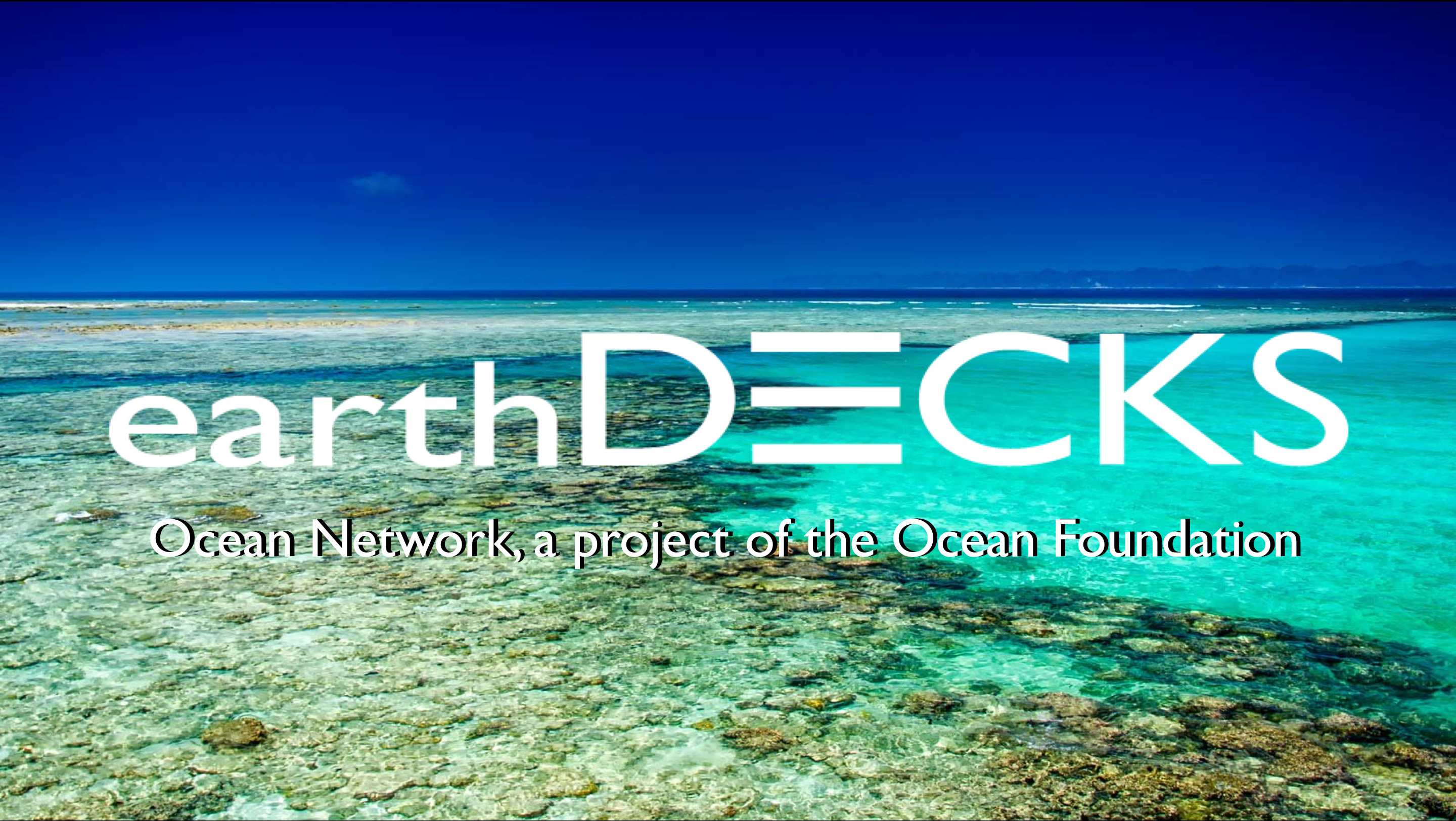 An Informal Learning Network of Aquaria can increase awareness of the value of local aquaria as resources for learning about our planet’s life support system — the ocean, rivers, and lakes — how life in water supports all life on Earth. For most kids, the local aquarium is the only affordable place for early learning encounters with marine life. For all children, whether in the school system or not, support for informal learning environments that offer learning experiences unavailable in the classroom is significant to augment curriculum.
An Informal Learning Network of Aquaria can increase awareness of the value of local aquaria as resources for learning about our planet’s life support system — the ocean, rivers, and lakes — how life in water supports all life on Earth. For most kids, the local aquarium is the only affordable place for early learning encounters with marine life. For all children, whether in the school system or not, support for informal learning environments that offer learning experiences unavailable in the classroom is significant to augment curriculum.
The earthDECKS Ocean Network project has developed an initial online media experience called PLASTIC to raise awareness of the problems of plastic pollution and the potential for innovation. This learning experience can be offered both online and to the global network of aquaria for use in conjunction with other informal learning resources.
Five Synergies below are are evolving as future development directions for PLASTIC.
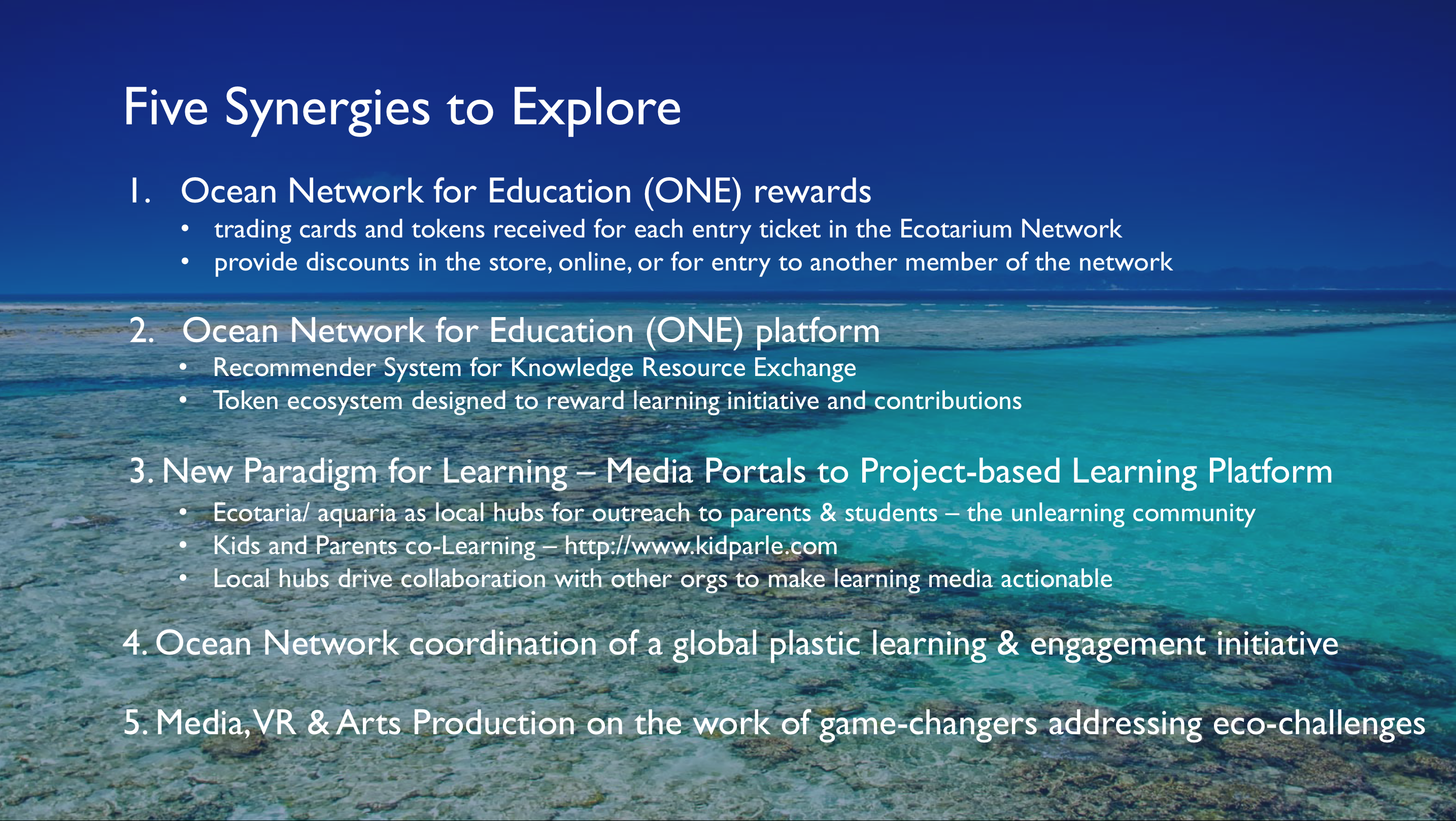
First Step
Our earthDECKS online story world PLASTIC can be connected to a big screen display or story wall at informal learning venues. Or we can also co-develop a new story, customized with the team at the venue that will house the display. Users can sign into the online story world first, where they learn about the story wall, or vice versa. Subordinate ideas are
- The Recommender System behind the Story Wall can make recommendations, based on profile of each visitor, of what to do at the aquarium or at partner venues nearby.
- Associated mapping can show locations of users, actions, and their impact.
- We can include short feature stories on the work of an associated network of experts.
- Tokens can reward players online for actions with impact, and for reporting.
- We can model impacts from interventions in the story wall or story world.
- This new media display can also credit/ thank companies (sponsors) doing good work for the environment.
In front of the big screen or story wall, there should be a barrier that acts as a railing to keep viewers from touching the story wall itself. That barrier can be a table height dashboard, wider than a railing, about six inches wide. The dashboard should have stools some “pilot experiments” with options to interact with the story wall from smart phones, so there can be more pilots than stations at the dashboard. All have simple controls and options to “like” different parts of the story, which guides the Recommender System. The controls are kept simple in the live display so that groups can play together. Other options are available to individuals online to navigate, comment, rate and interact in other ways with stories online.
A Co-Developer/ early Adopter network can collaborate on the five steps outlined above, with a reward system to “make media actionable” in real world projects that make a difference.
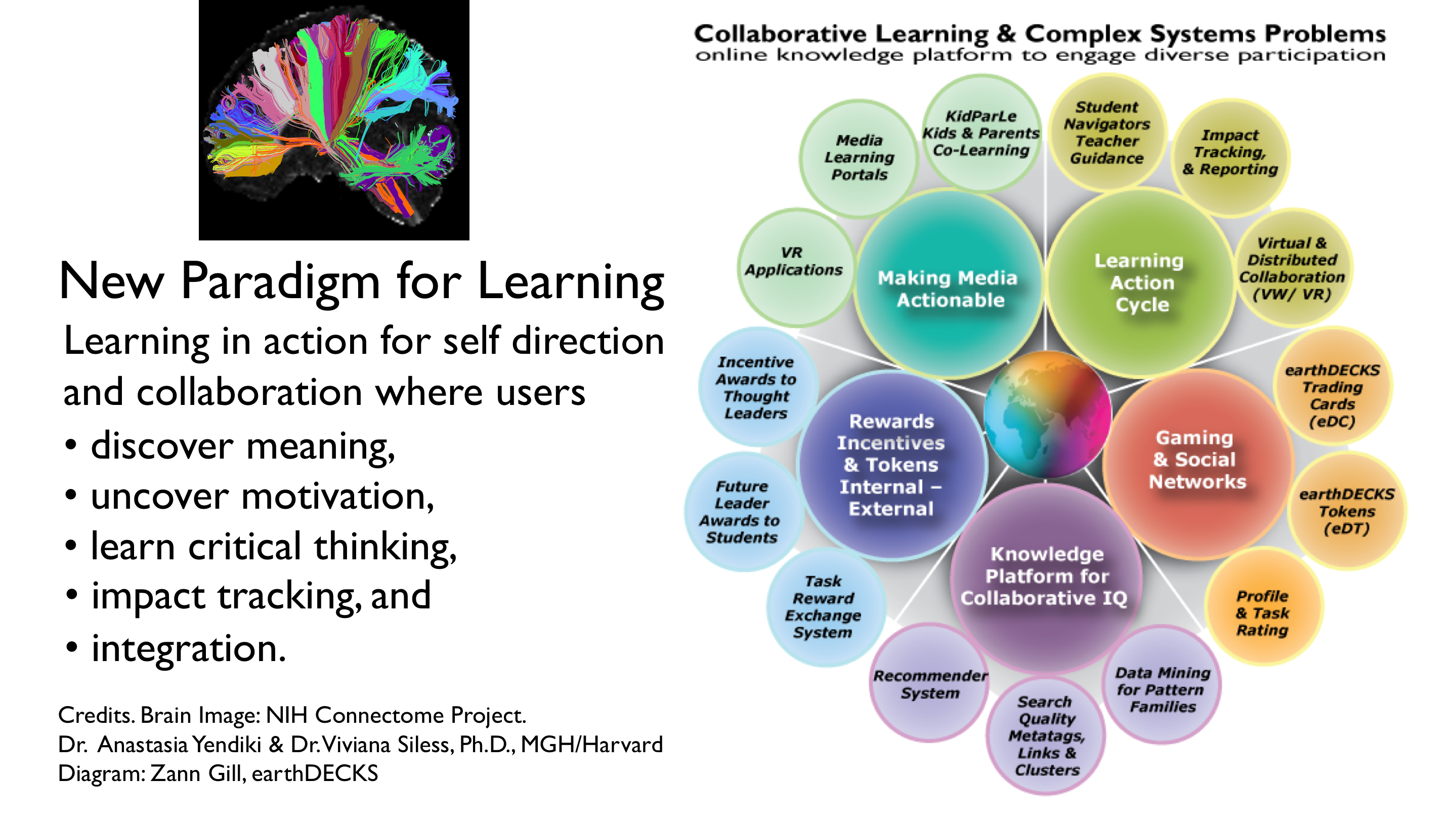
The five large circles in the diagram above offer a way to combine a new learning paradigm (top two green circles) with tokenization, rewards, and peer-to-peer learning (blue and red circles) with a back end Knowledge Platform to track learning engagement on the platform, offer recommendations uniquely customized to user interests, and enable collaborative intelligence (C-IQ). The top two green circles, Making Media Actionable and the Learning Action Cycle, focus on Project-based Experiential Learning — stories about projects, which become the basis for Engagement, Awareness, and Impact Tracking. The middle two blue and red circles address the trading cards and reward tokens that underpin the gamification of this learning ecosystem. The bottom purple circle is the Hybrid AI-Human Recommender System and Knowledge Platform that customizes the experience based on the preferences and profile of each individual learner.
The diagram below is a simplification, showing the integration of the three key components described above.
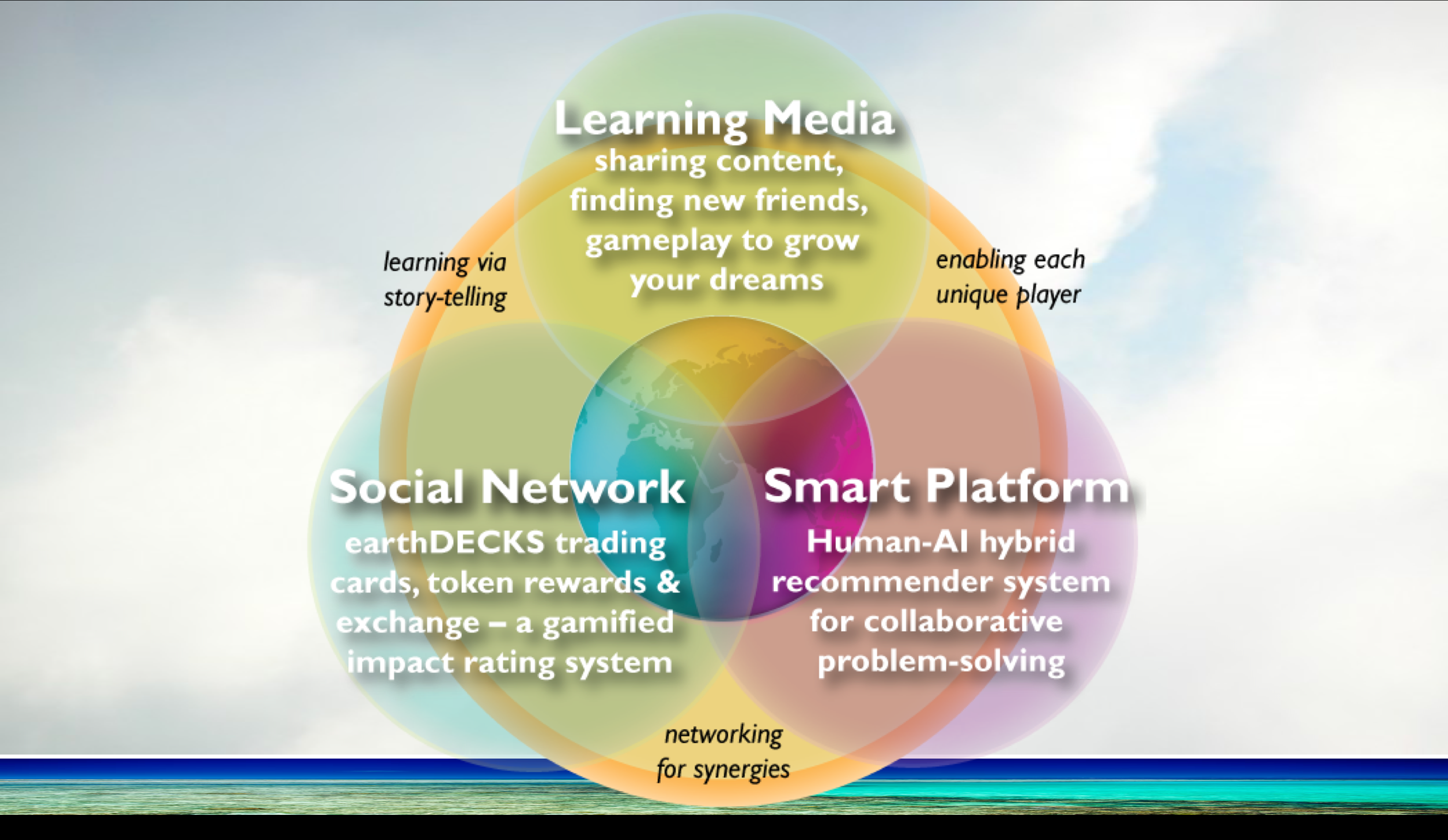
1) Storytelling and New Media Experiences start the learning cycle. They spark action and serve as vehicles to report on the progress of Project-based Learning Experiences.
2) The Social Network encourages sharing and responding to shares, making learning collaborative. Trading cards and tokens serve as ways to track progress. Students make decisions and are the navigators in the game, moving beyond learning as absorbing packets of information.
3) The Smart Platform keeps track, supports kids and parents learning together, teachers if this module is offered in a classroom, gathers input from users and offers recommendations.
For university students, AIESEC has created an exchange that not only generates productive work on key projects but also changes the lives of those who participate in each AIESEC exchange.
Example: There is a large network of AIESEC Centers in India and also
From the large network of AIESEC Centers in India and the complementary network of aquaria in India, a project selected eight AIESEC cities with aquaria as a starting cluster. AIESEC university students generally teach younger students in camps. Participating aquaria could offer learning materials and incentives to AIESEC camp leaders to take their student campers to the local aquarium. A program in India, or any country where a trip to the aquarium is followed by writing a story on a local issue that impacts our ocean can be complemented by a sister program with aquariums selected from the large network of aquaria in the U.S. The best stories can be published and offered an award.
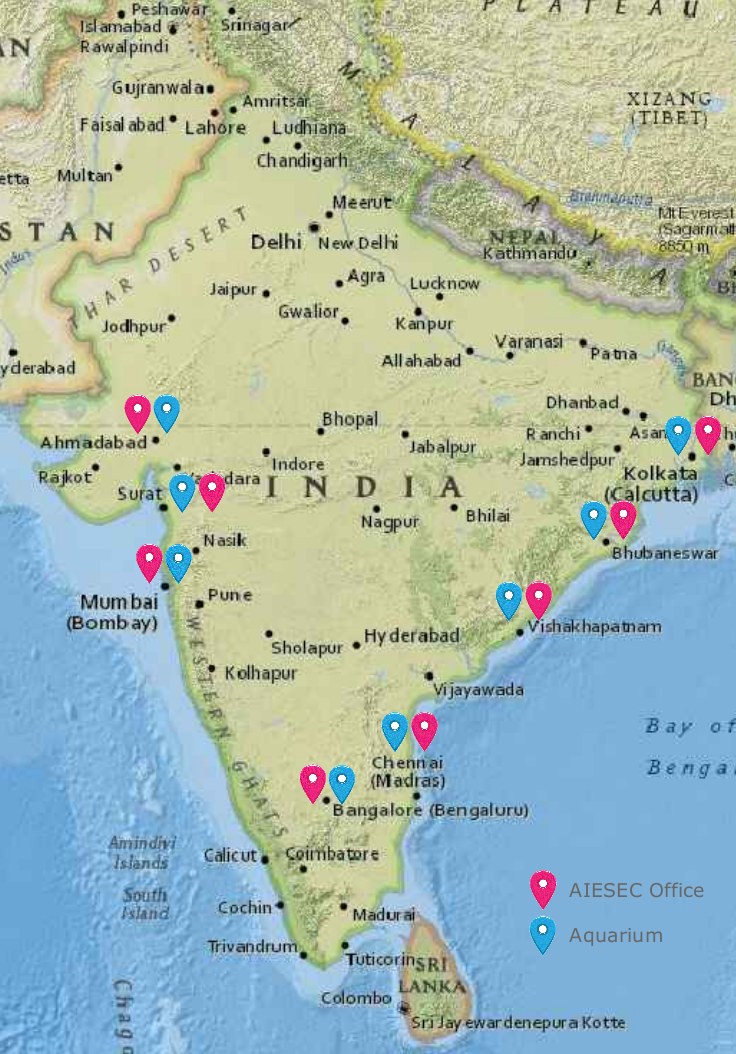 Downstream we will add other related topics, such as the leadership in India in aquaculture.
Downstream we will add other related topics, such as the leadership in India in aquaculture.
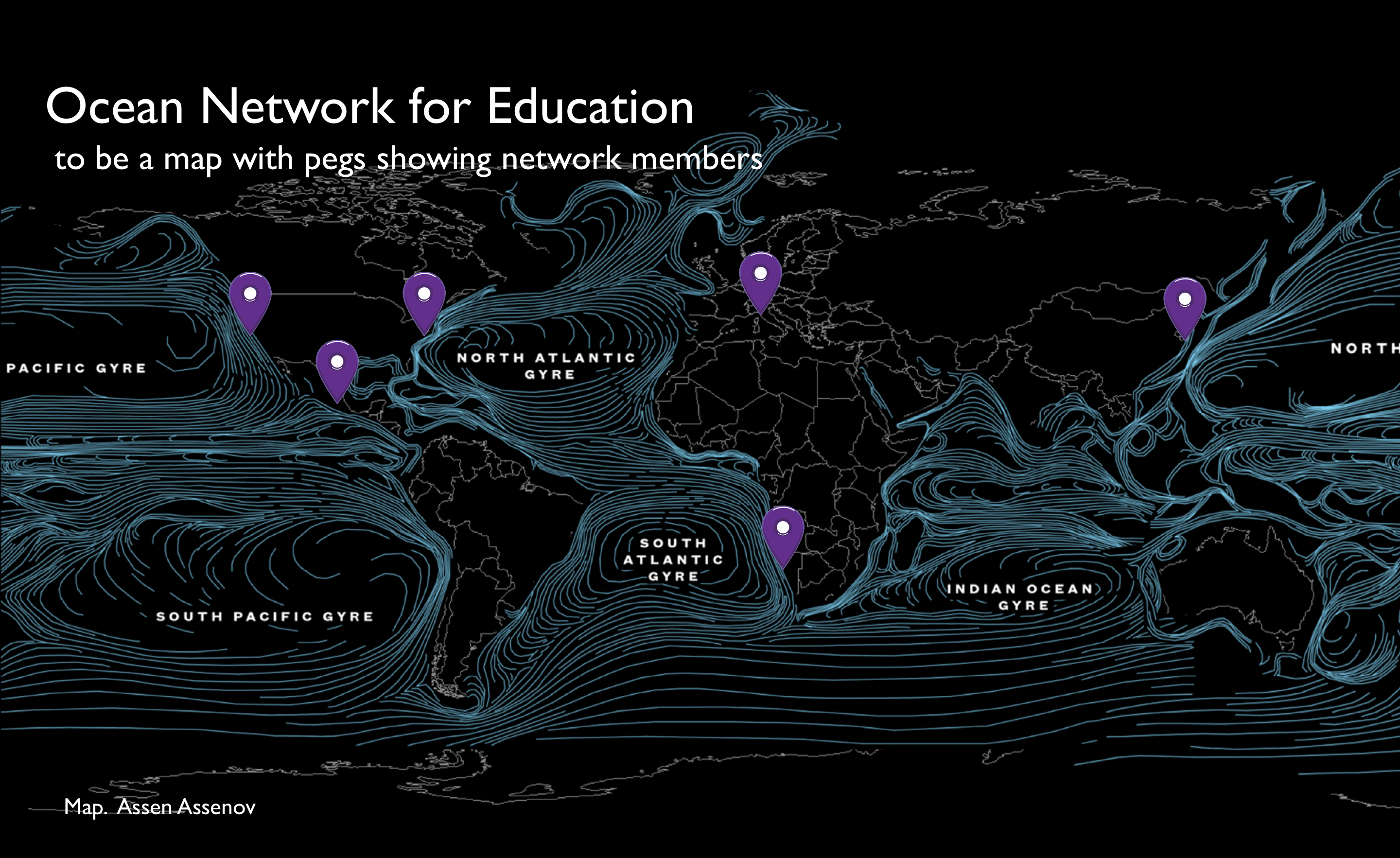 Selected aquariums can be pilot test sites for our informal learning resources and co-developers of next steps.
Selected aquariums can be pilot test sites for our informal learning resources and co-developers of next steps.
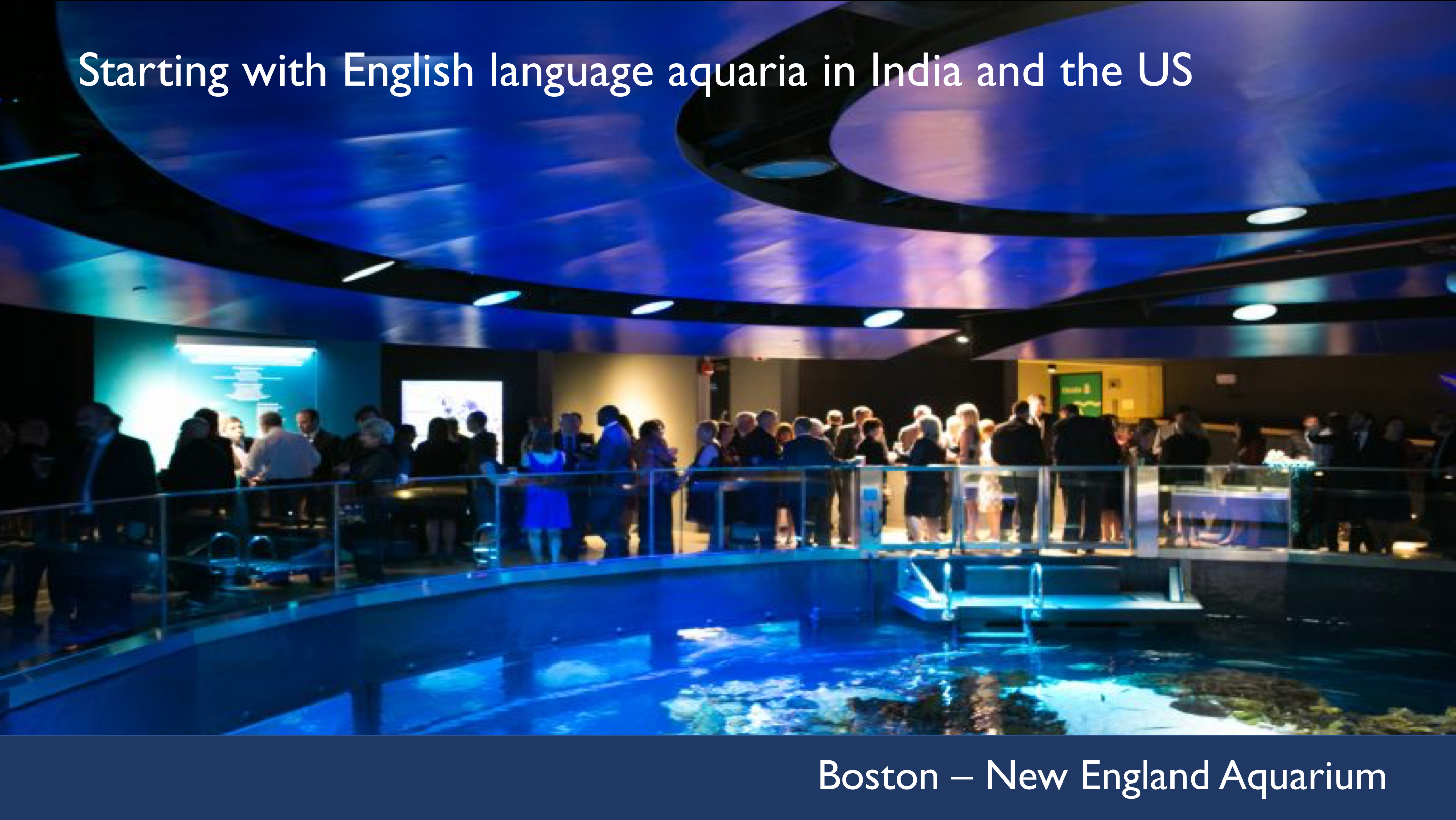 There is a large global network of aquaria. Even starting only with California and the Eastern Seaboard, we would have an outstanding network for shared outreach materials and for exchanges with about the same number of aquaria in India.
There is a large global network of aquaria. Even starting only with California and the Eastern Seaboard, we would have an outstanding network for shared outreach materials and for exchanges with about the same number of aquaria in India.
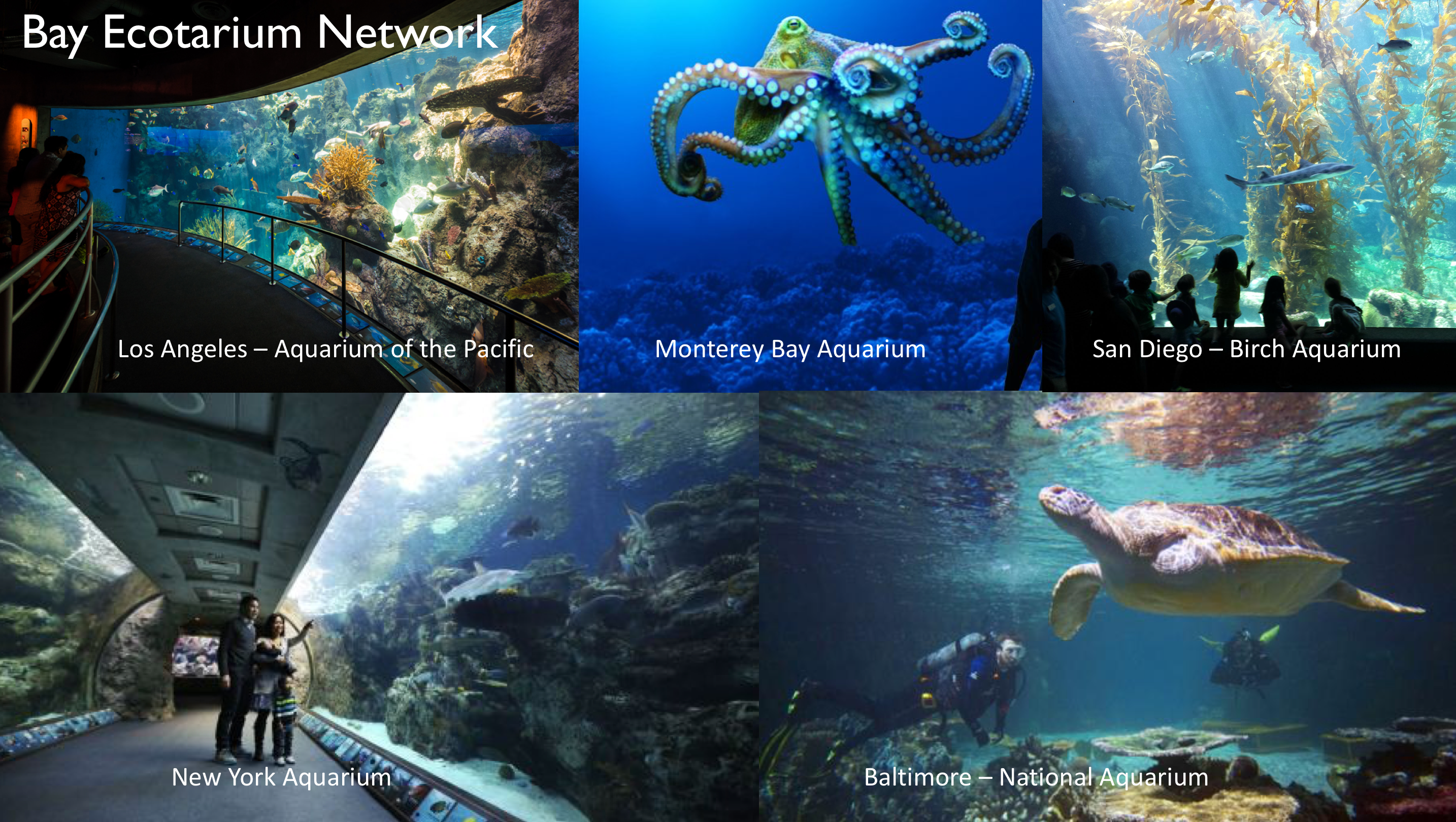 Strong networks in India and the US will enable rapid expansion to a global network.
Strong networks in India and the US will enable rapid expansion to a global network.
The Genoa Aquarium below is just one example of the impressive global network of aquaria.
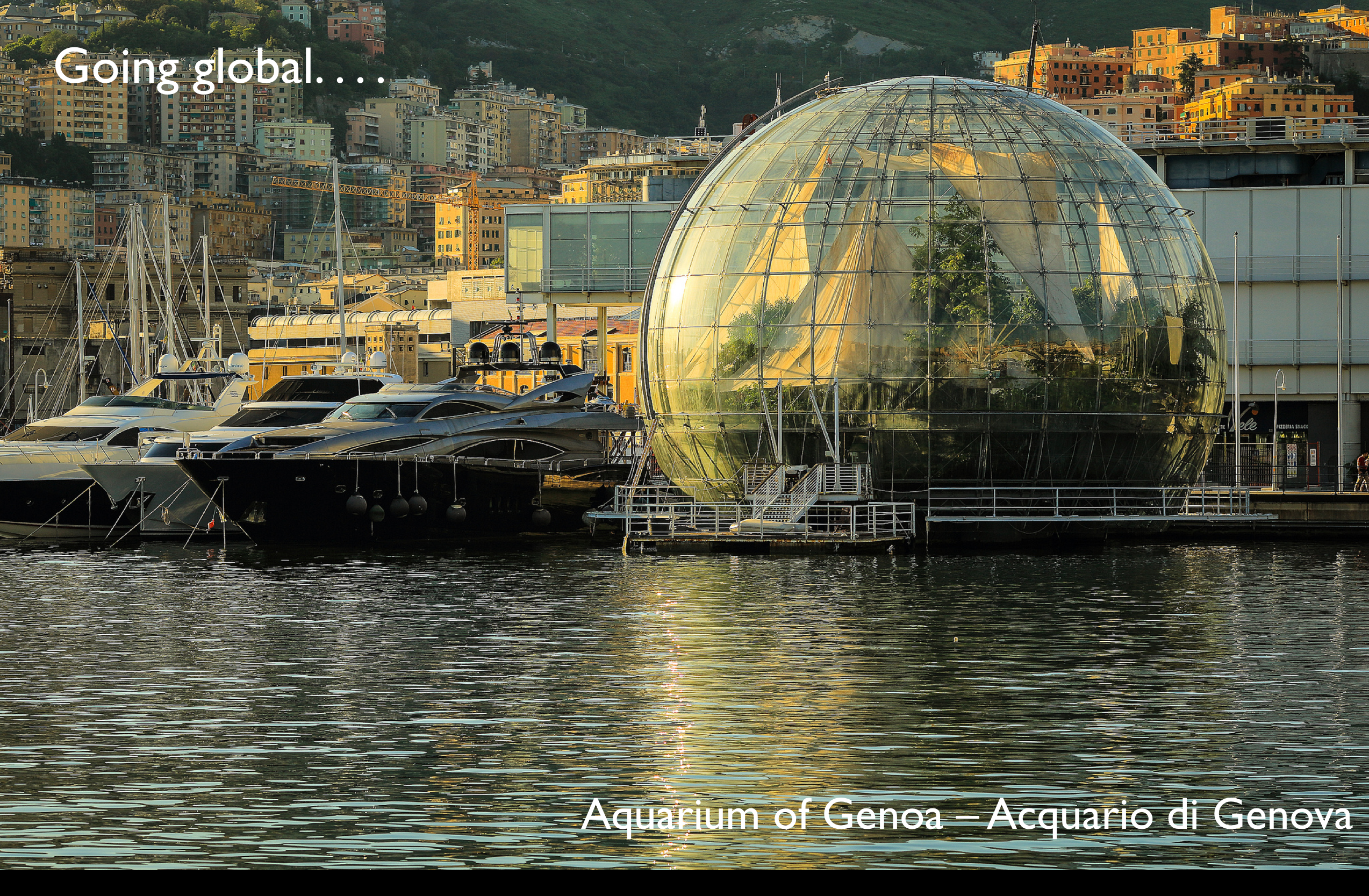 Our MOOC (Massive Open Online Course) lays the groundwork for an action learning initiative focused on PLASTIC. A range of “learning in action” projects can evolve from this and other MOOCs on global challenges.
Our MOOC (Massive Open Online Course) lays the groundwork for an action learning initiative focused on PLASTIC. A range of “learning in action” projects can evolve from this and other MOOCs on global challenges.
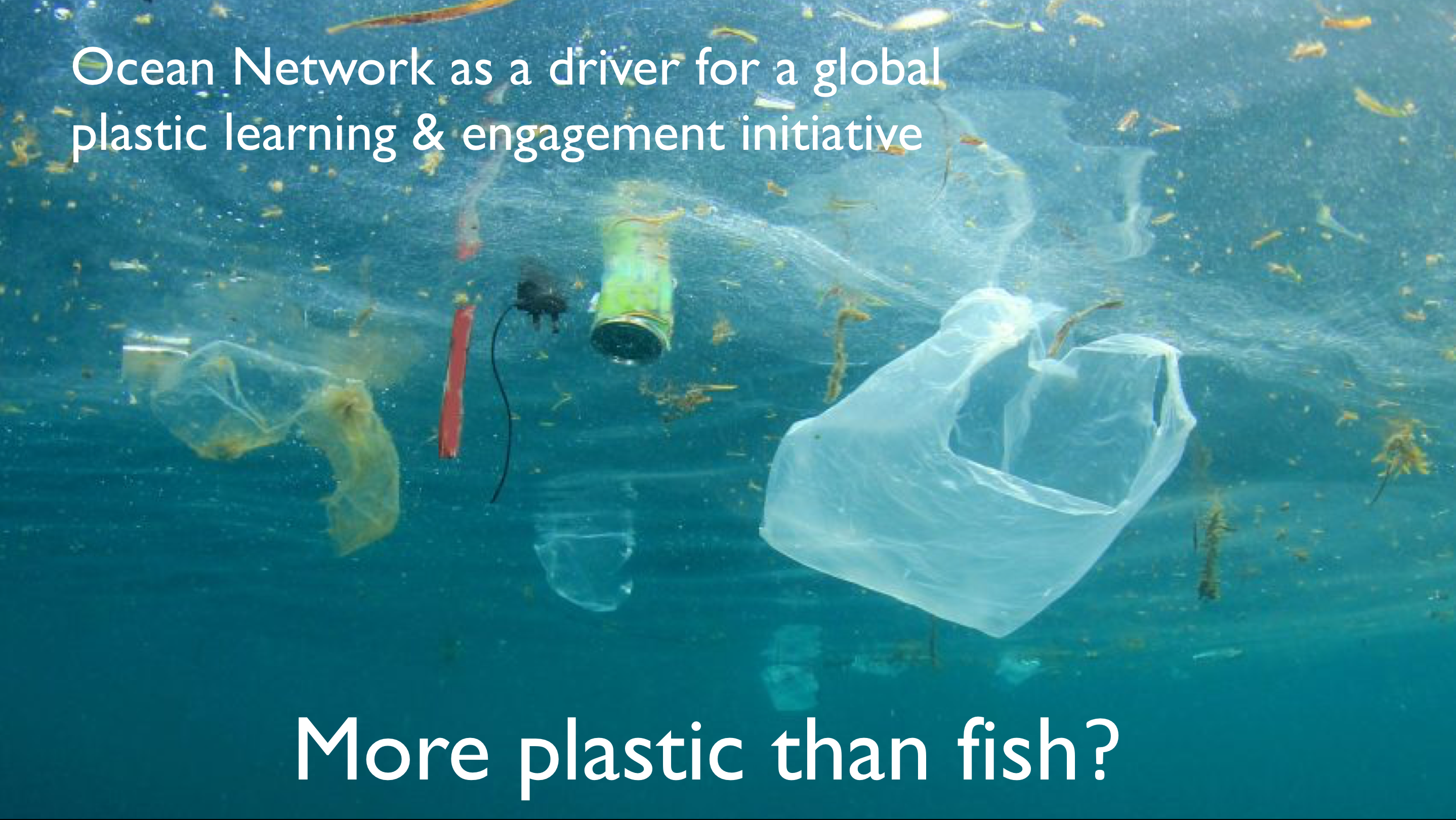
Students who perform tasks, join projects in the real world can report back to the online ecosystem earning rewards in the online game for tasks performed in the real world.
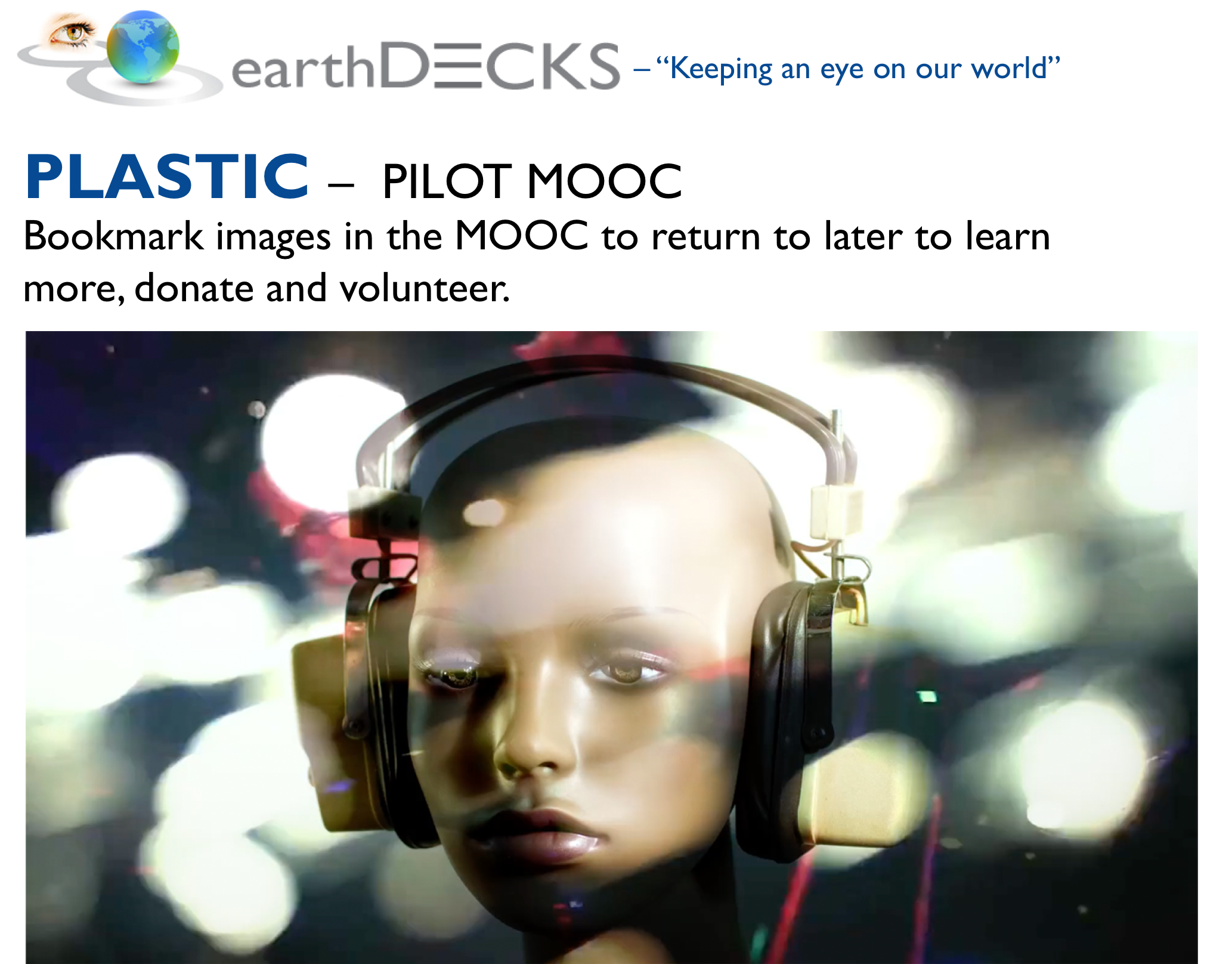
PLASTIC is a way to learn about complex systems problems that cross many disciplines and demand different types of expertise.
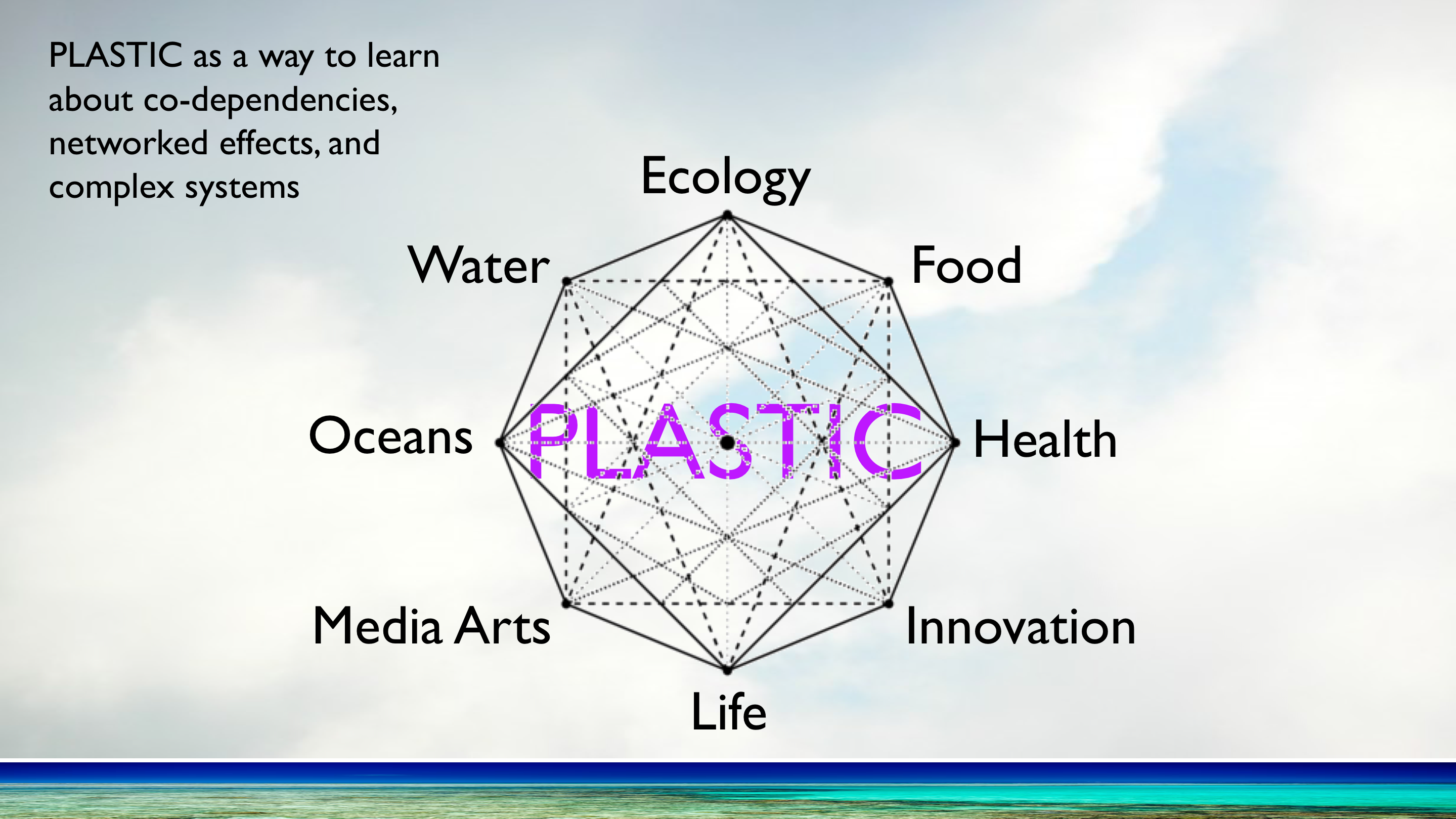
Starting with learning in action about PLASTIC, the earthDECKS Platform will
- engage early adopter parents and teachers to work with us to define functionality needed for a dynamic, evolving knowledge platform that
- encourages students to learn about and contribute stories about what they learn from outings to aquaria and to nature locations and from work they perform;
- transforms a small demonstration into a collaborative intelligence (C•IQ) engagement platform that enables diverse, distributed teams (starting with students) to share information and collaborate to solve some of the challenging problems that face our planet.
For students, this new paradigm for learning is a way to develop
- motivation – students navigate their own paths through the knowledge base and identify also “what’s missing.” What new stories need to be told? What stories do we students care about? Or not? And why?
- critical thinking – students look for conflicting information, bias, errors, etc.
- writing as thinking – students critique others’ stories and write their own stories;
- stories that inspire action – reading a story leads to resources for how to start projects, or support existing projects, then report back with new stories about the progress of their fieldwork;
- impact tracking – learning various means of impact tracking and how to apply them;
- collaboration – how to support and enable others to maximize their impact; and
- learning about ethics, social emotional learning (SEL) and helping others.
The ethical dimension requires more insight about where responsibility lies. These poor people in Thailand are not responsible for the plastic packaging they receive and have no place to dispose except in their own river. There is little overlap between the countries that are the top plastic producers and those that are the top plastic polluters. The polluters are receivers of this packaging.
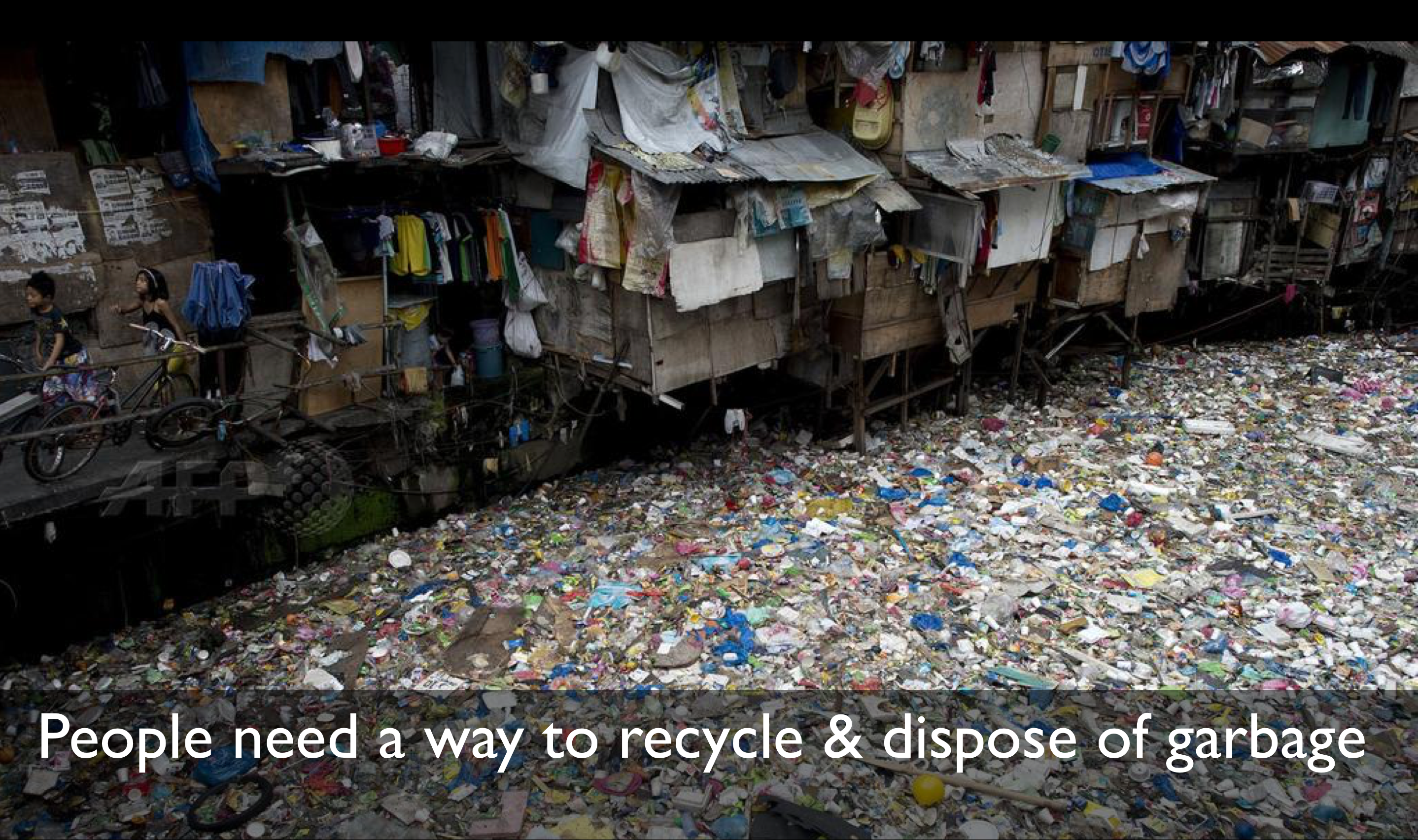
This Chinese family needs another way to make a living than selling cheap plastic toys.
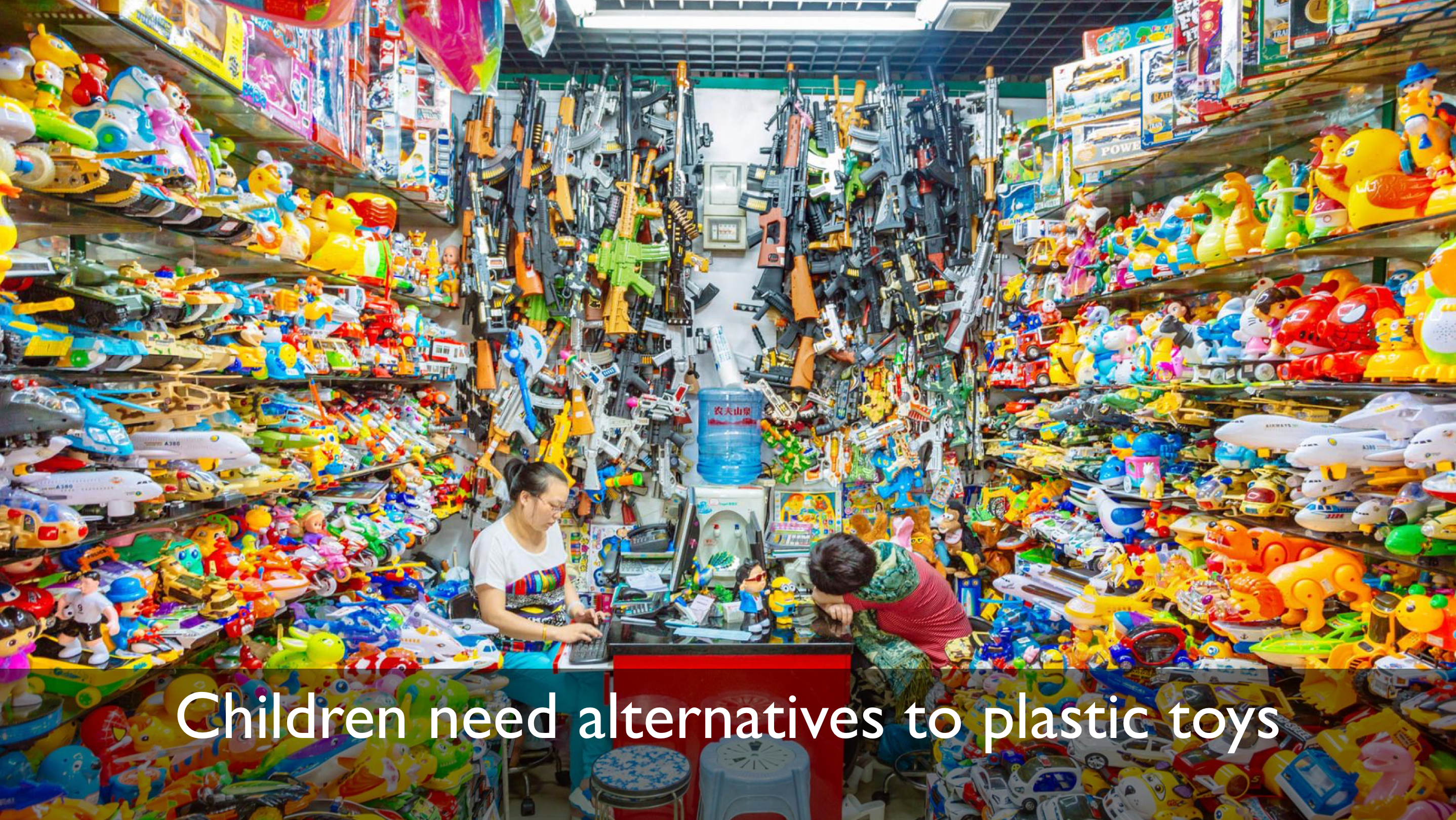 These fishermen are not responsible for the fact that the fish they catch is unfit to eat.
These fishermen are not responsible for the fact that the fish they catch is unfit to eat.
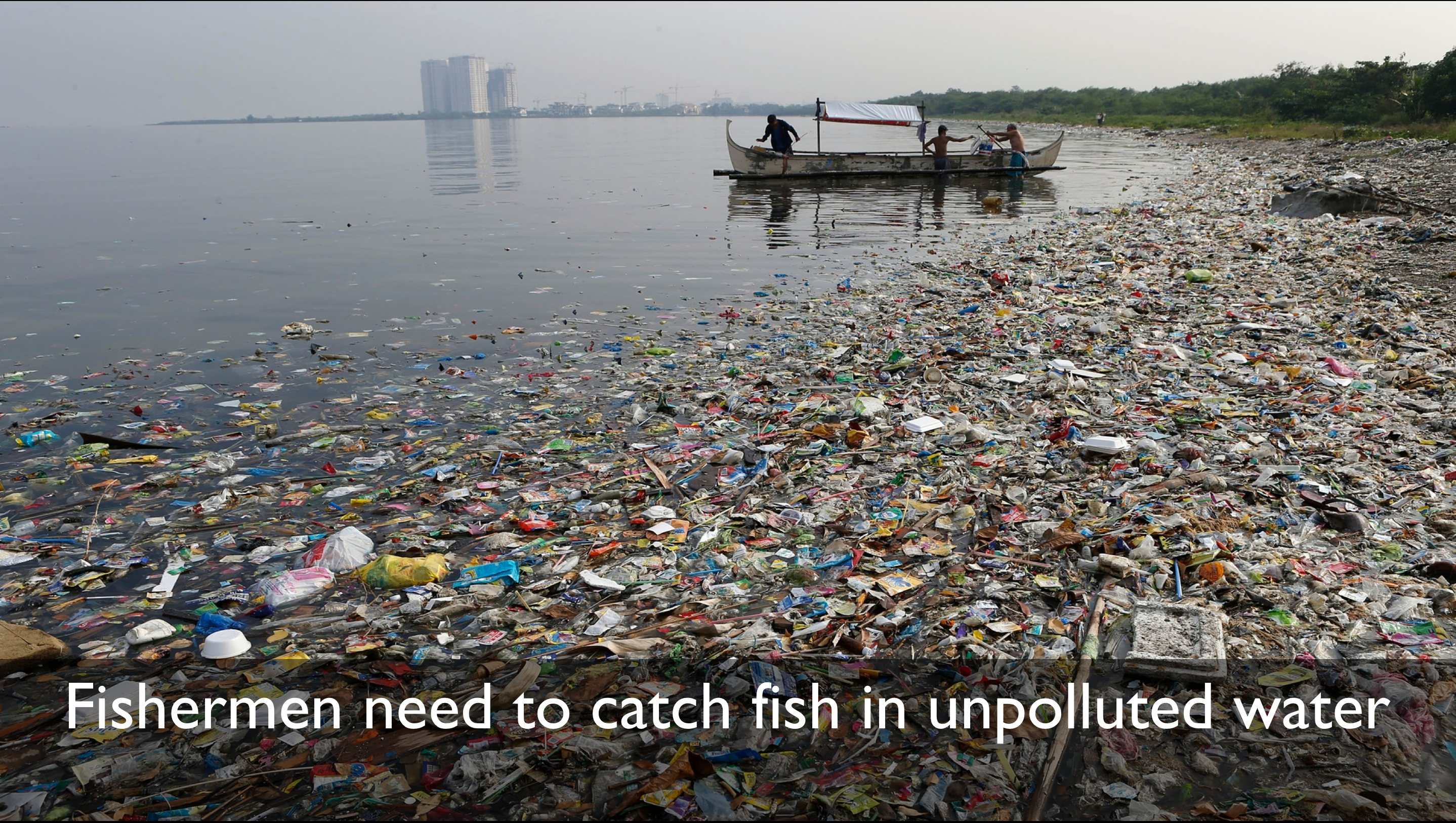
Three key elements power this learning game:
- Real trading cards and virtual/ digital online cards;
- Colored tokens where colors code for value;
- Actions taken in the gamespace, which is both online and in the real world.
Knowledge trading cards give the player clues and ideas of actions he can take the game. Actions are informed by cards and rewarded by tokens.
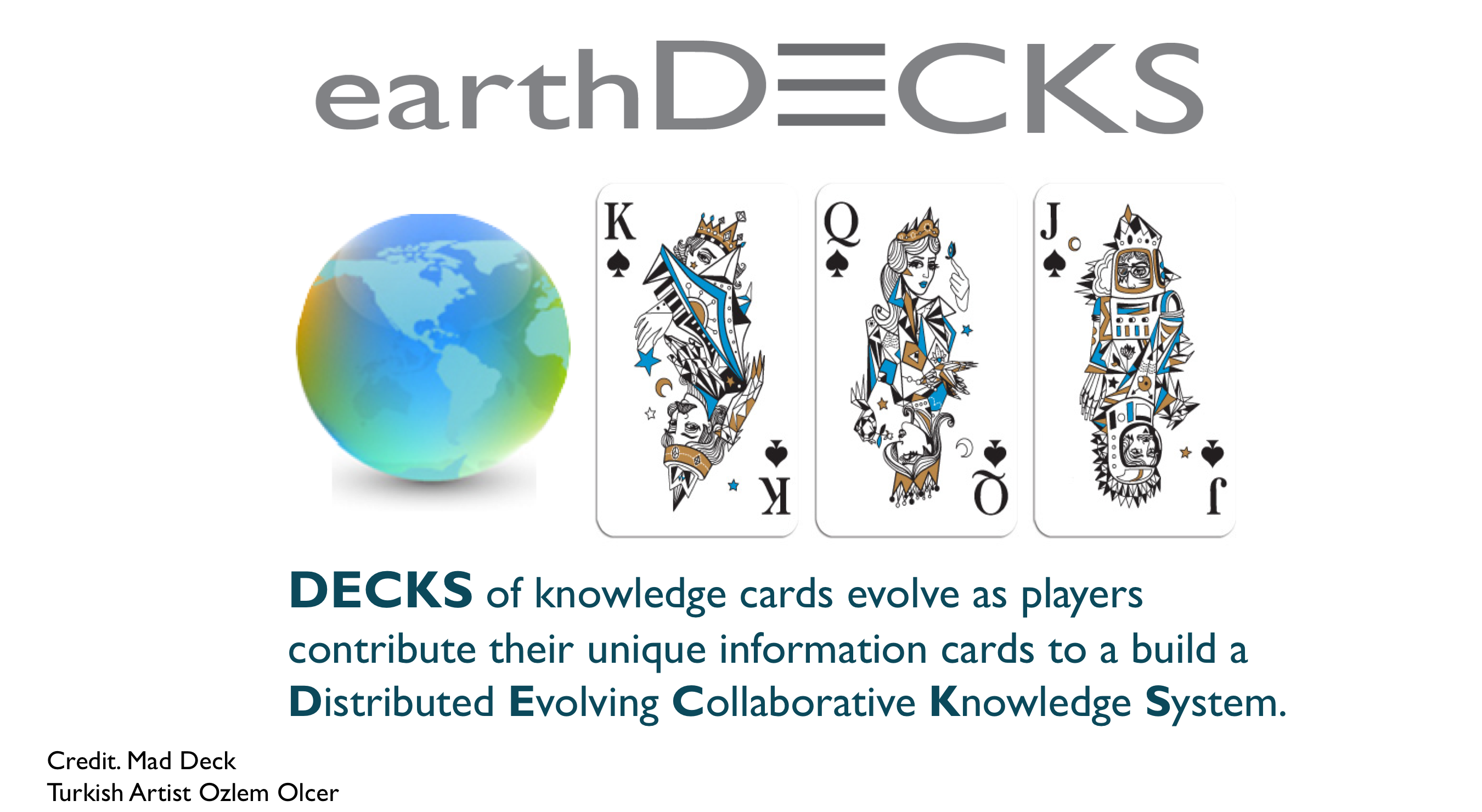
Cards (both real and virtual) tell mini-stories and advise on action steps, much as in the classic game of Monopoly.
The player assembles his cards into a DECK, which he can then use to inform his actions in the game.
Tokens are received as rewards for card-requested tasks and other tasks performed in the ecosystem. The player receives tokens both for use in the online ecosystem and for use as discount coupons with participating corporate sponsors.
earthDECKS tracks how players use the game platform and collects data about how players construct their decks and how they combine their efforts. Network Dynamics and AI will be used to determine which cards to offer when and to whom, and analytics will enable us to optimize the impact of the collective actions of all players in the game.
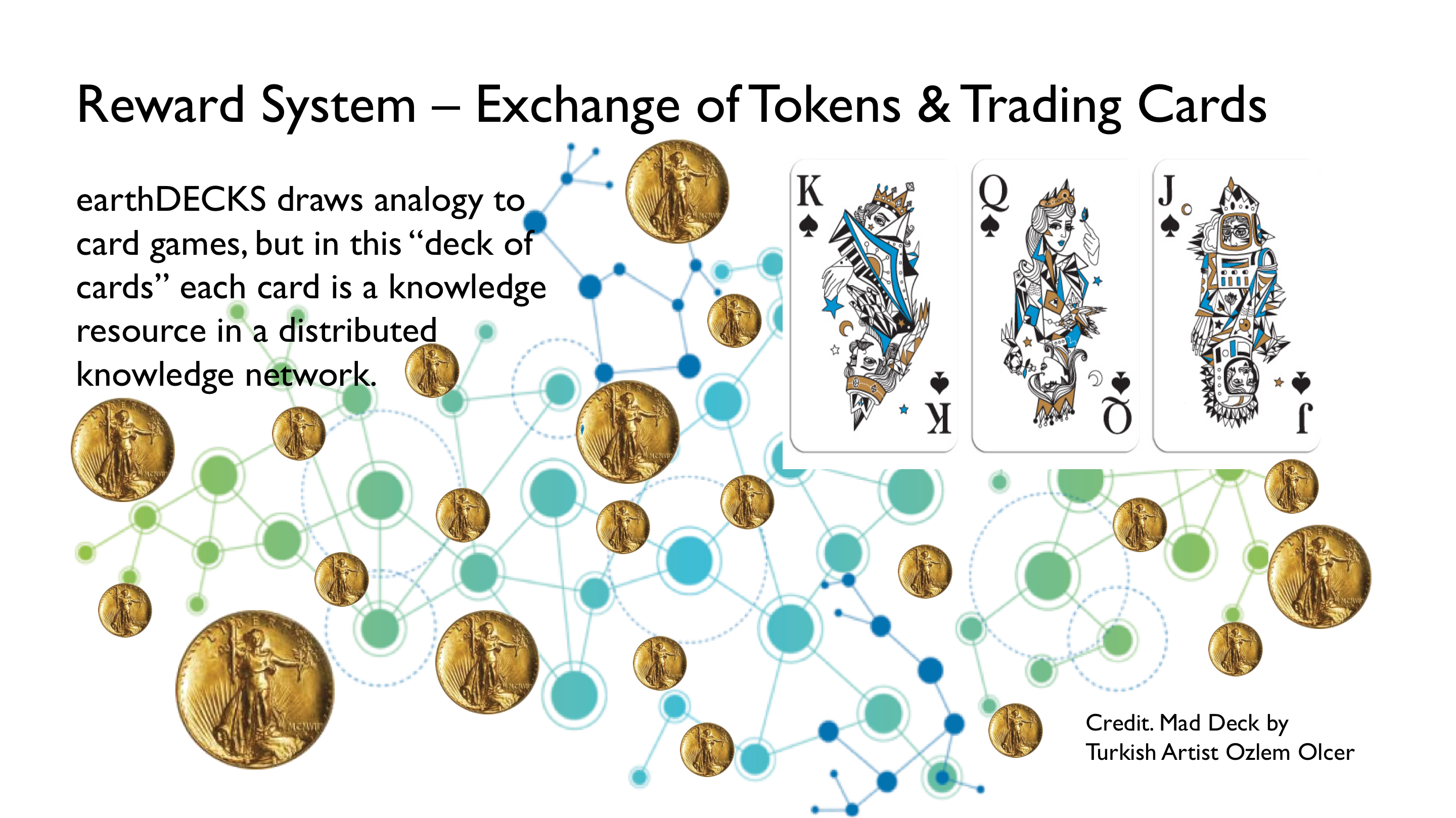
The fact that so many kids occupy a lot of their time playing games, combined with the fact that so many parents and kids are disenchanted with the public school system, is a wake-up call. We need to making learning relevant and fun. The statistics below call for a new learning paradigm.
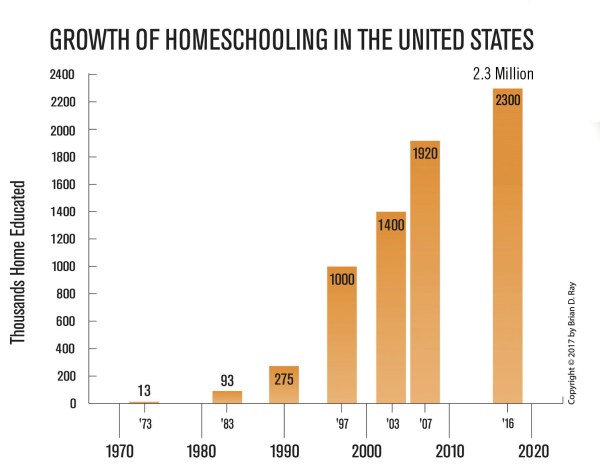 Note that this chart shows rapid growth until 2016. 3–4% of school-age children were home-schooled in 2019, but that number soared in 2020. The large, and growing, informal learning community, which includes online study, after school and weekend excursions with parents, school outings, and home schoolers can make better use of this valuable local resource. The number of homeschooled children has been steadily increasing each year, and is expected to continue to rise even post-COVID.
Note that this chart shows rapid growth until 2016. 3–4% of school-age children were home-schooled in 2019, but that number soared in 2020. The large, and growing, informal learning community, which includes online study, after school and weekend excursions with parents, school outings, and home schoolers can make better use of this valuable local resource. The number of homeschooled children has been steadily increasing each year, and is expected to continue to rise even post-COVID.
One Federal Government study concluded that about 3.4% of the K-12 students or 1.77 million students were being homeschooled in the United States as of spring 2012. Researchers for the U.S. Department of Education reported on data gathered from the National Household Education Surveys program of 2016 — careful and thoughtful attempt by the federal department to understand more about the homeschool population and how this movement can inform education.
A network of aquaria can complement the resources for this network in every state in the United States. It includes kids in schools, both public and private, where informal learning sites like aquaria can offer resources unavailable in any school. This includes kids who are homeschooled by parents or who are part of the growing network of parents who believe they personally can teach their kids better than the public or private school systems.
The growth in the home-schooling movement shows growing awareness that experiential, project-based learning requires resources outside the classroom.
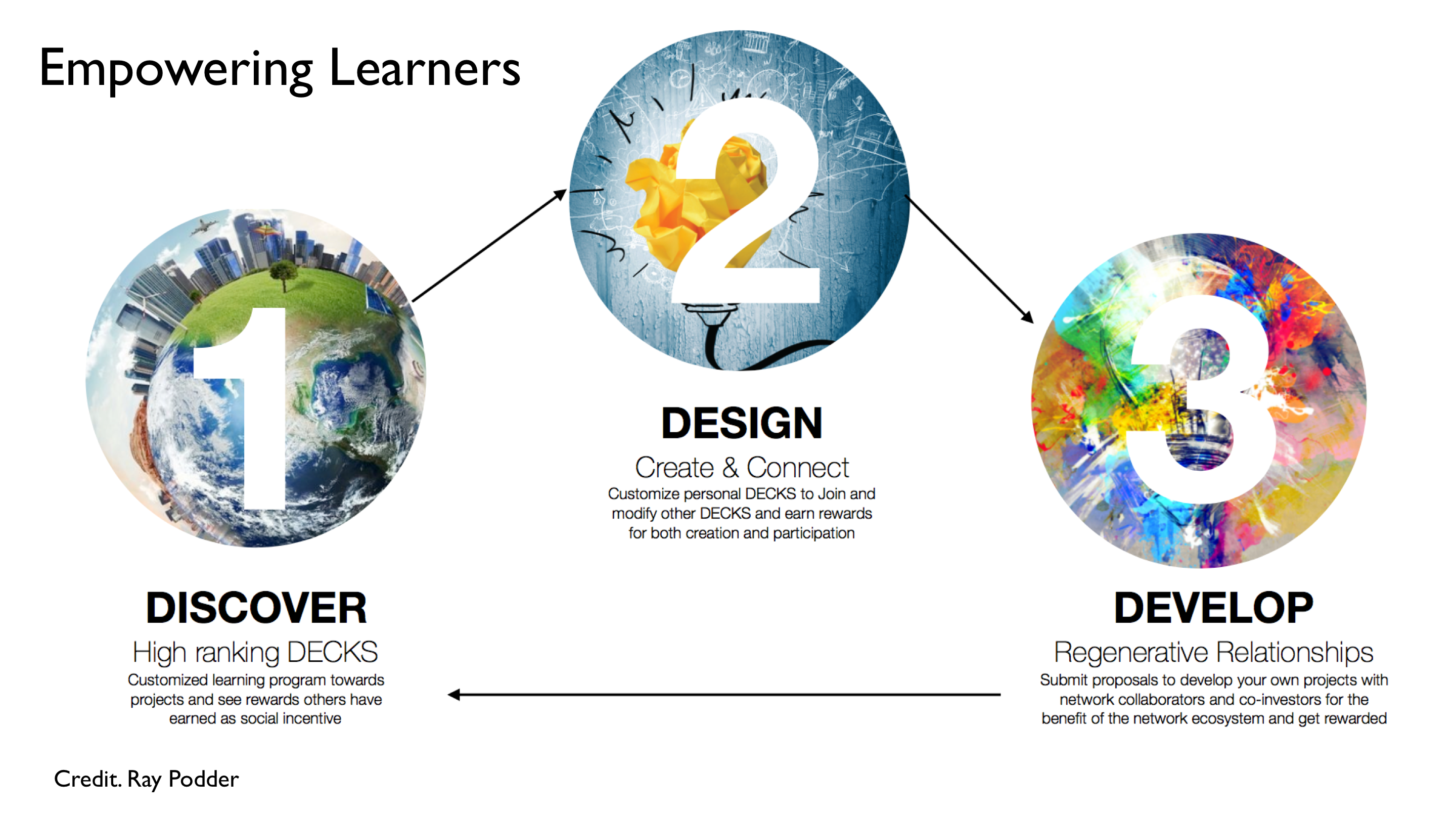 The tokenization/ gamification of our system underpins Impact Tracking.
The tokenization/ gamification of our system underpins Impact Tracking.
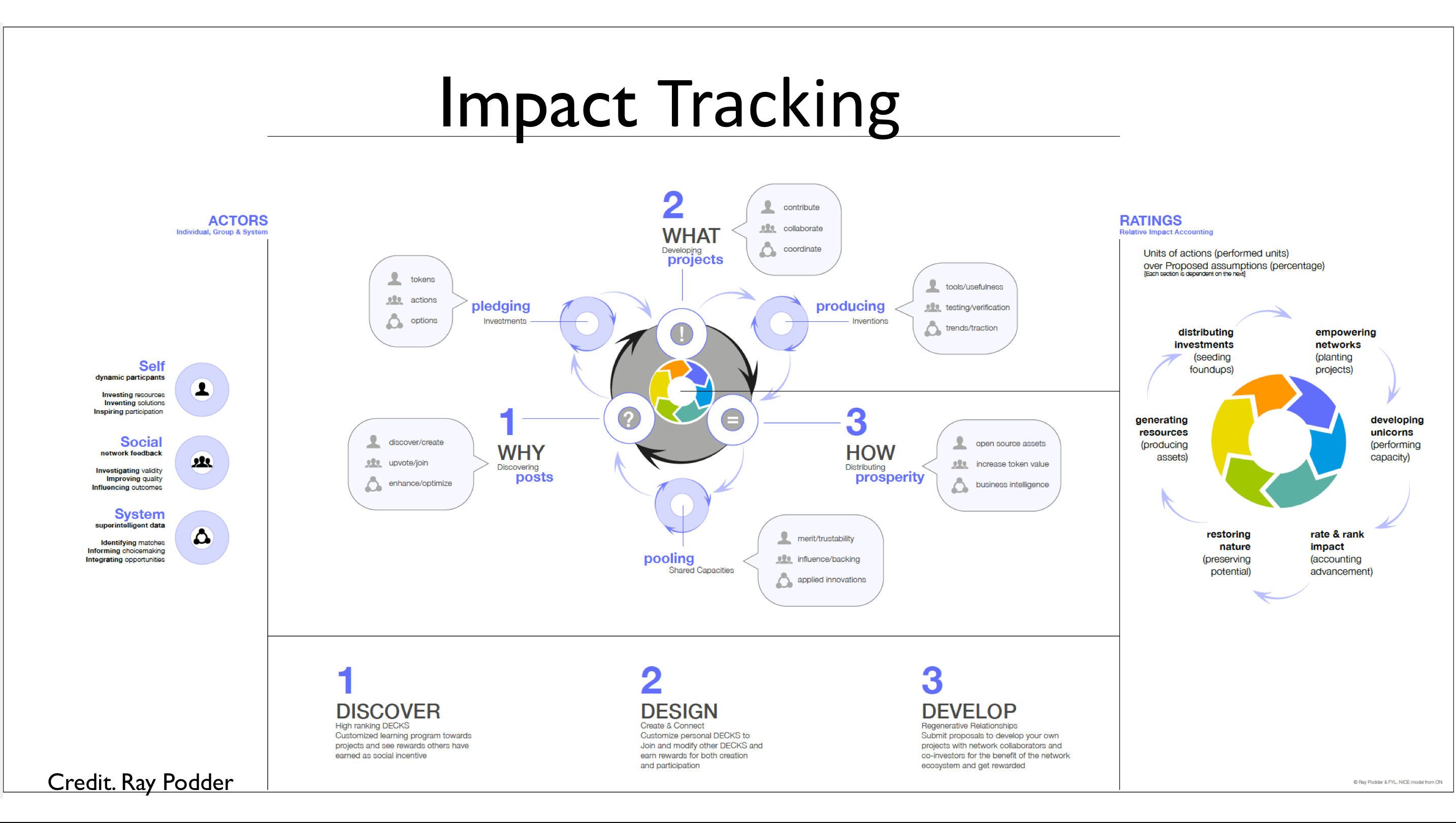
SQUID explores how story-telling can reach a larger audience.
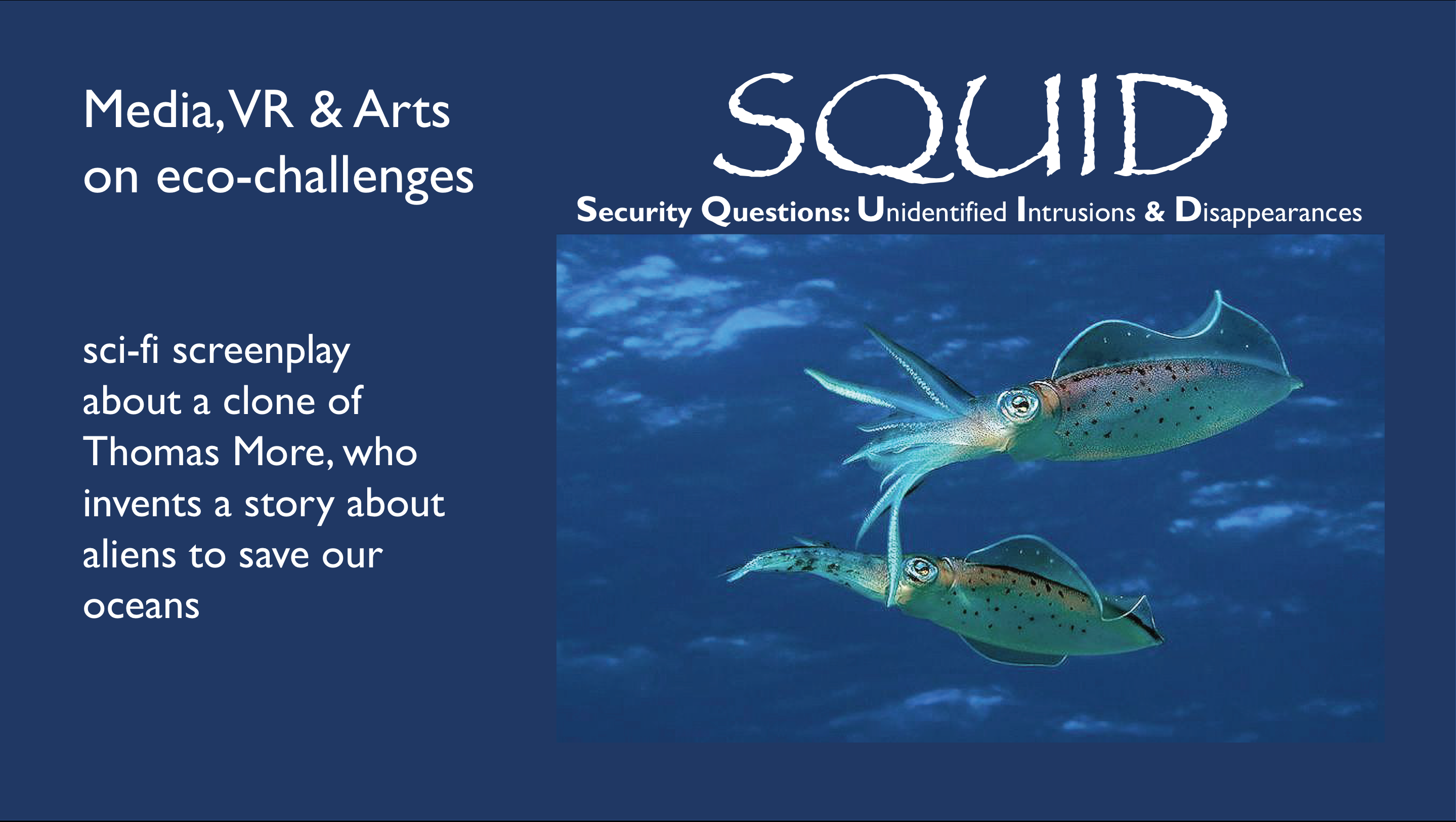
PETRI [Planet Earth Teaching and Research Initiative] is a concept for how a range of learning components can address complex systems problems that require cross-disciplinary collaborative teams, inspired by Buckminster Fuller’s early concept for World Game as a way to make students aware of planetary co-dependencies.
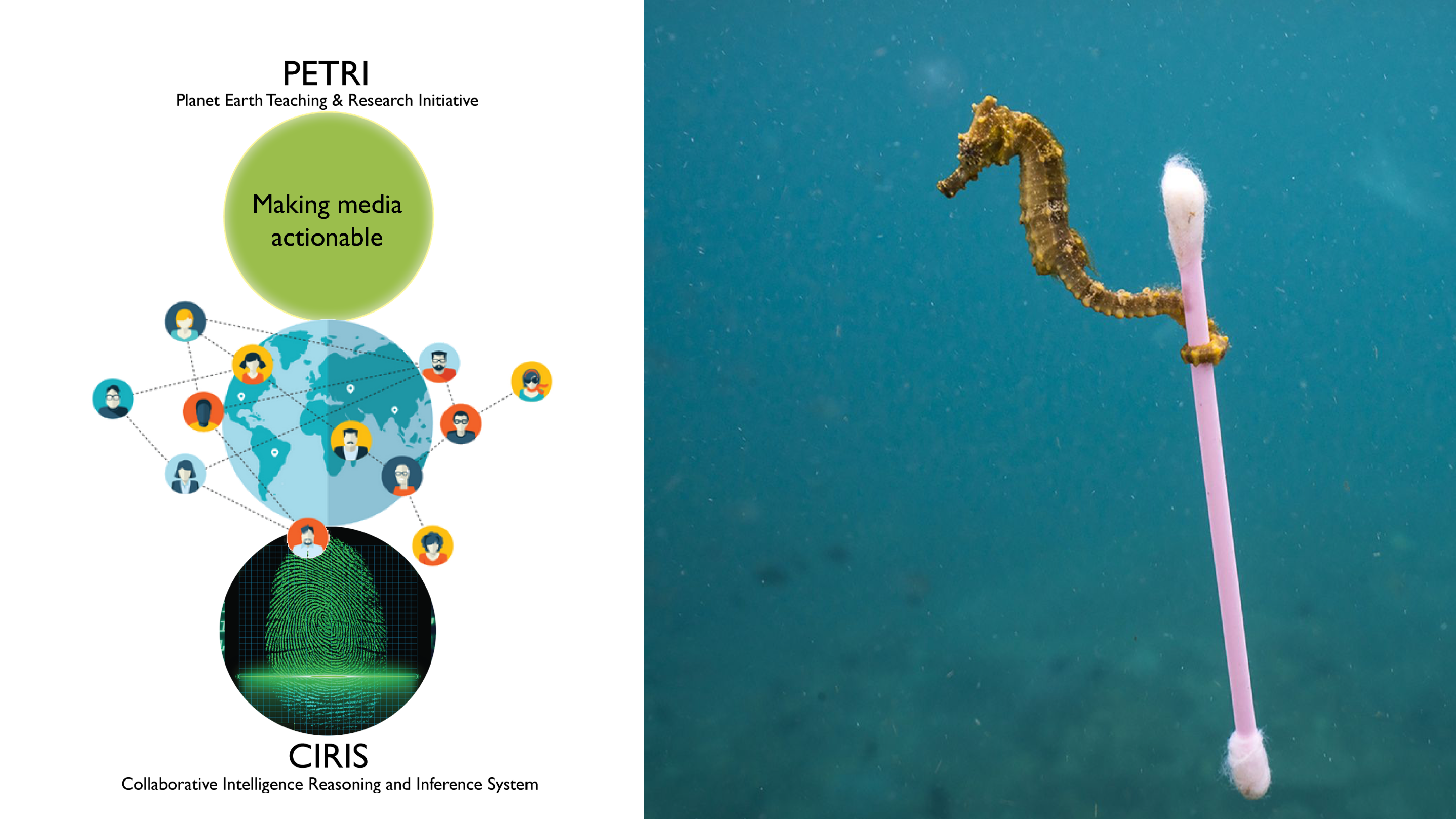
World Game during the 20th century was played on a huge dymaxion map gameboard, taped to the floor in a gymnasium space. Now with the Internet, mobile apps, and global inter-connectivity, a new form of learning game is possible.
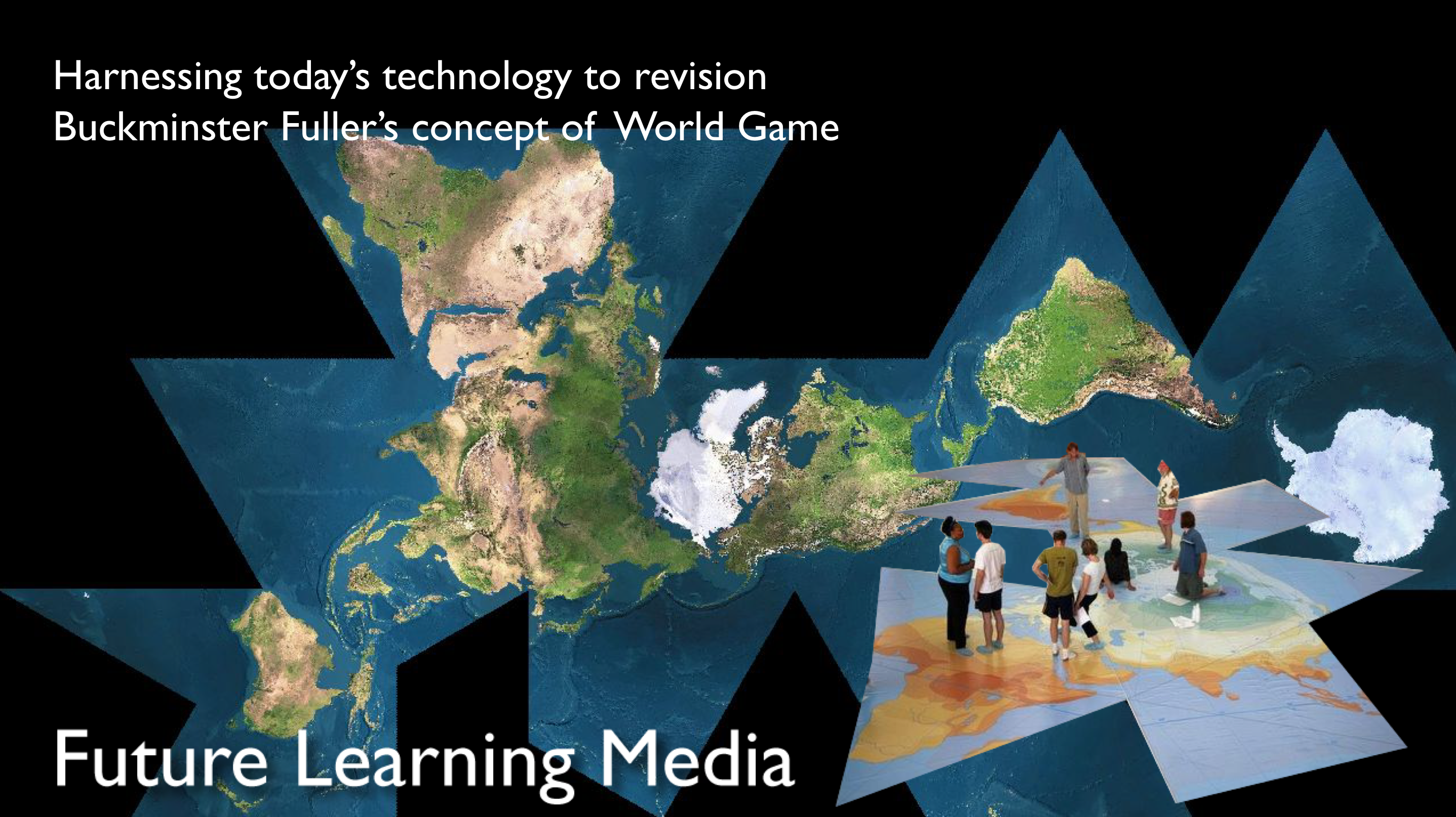
The combination of online resources and group activities at aquaria make learning flexible, driven by student curiosity and motivation.

The huge Oceanarium (below) built by the Singapore Aquarium signals a realization that students will only gain awareness of the ocean through an immersive experience.
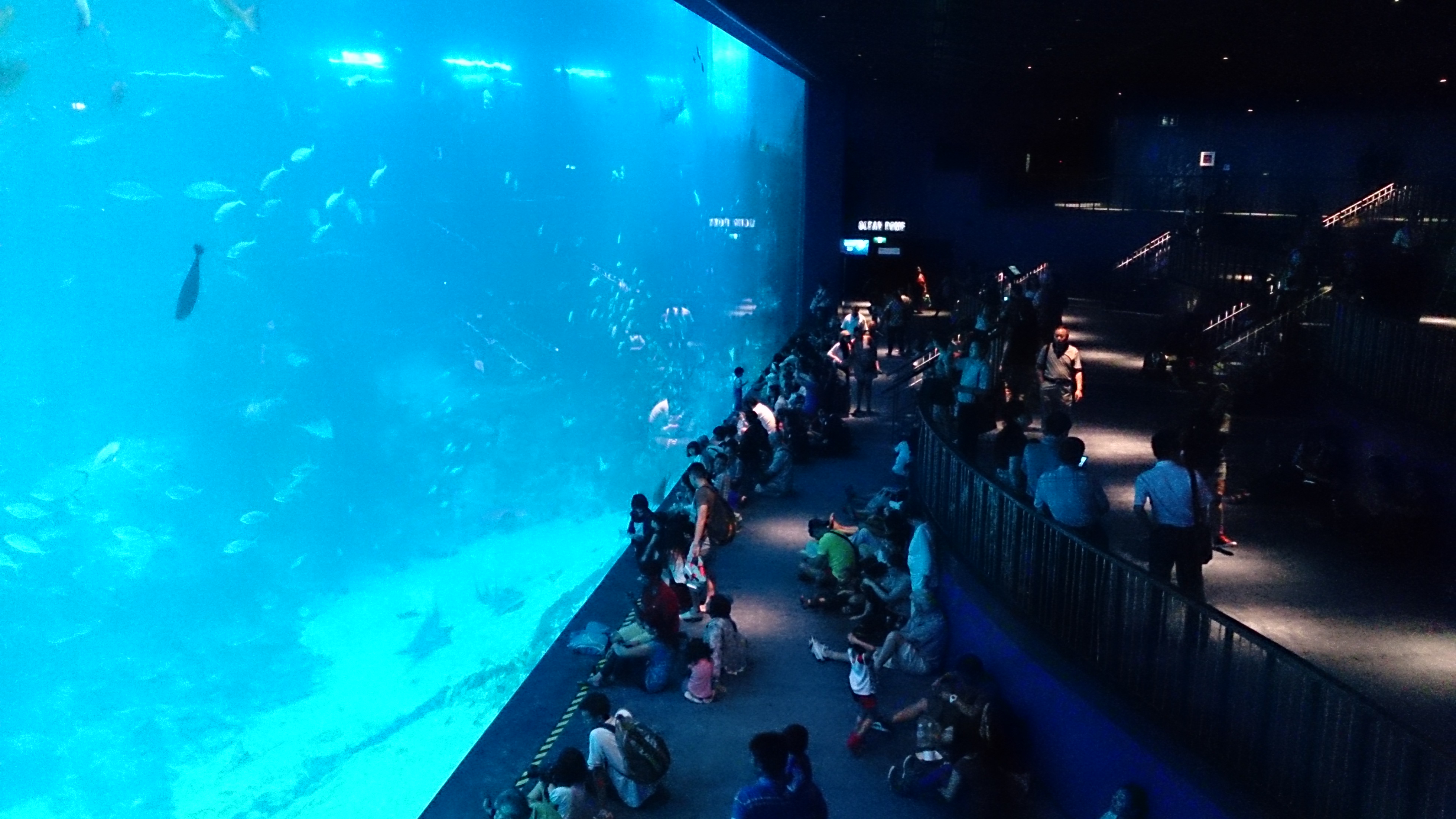
An Ocean Network for Education (ONE) can offer resources to a range of user groups, including
- businesses, non-profits, research groups committed to Ocean Education and protection,
- Informal Learning, unschooling, multi-generational learning resources,
- Schools and online curriculum, and
- University R & D on marine ecosystems facing climate change, overfishing.
Design Specifications for Model App. The Association of Zoos and Aquariums (US) is part of a growing global network of aquaria and zoos. Aquaria can act as hubs in major cities for expansion of this dApp to global markets.
- Aquaria as a Global Network
- Top Ten Aquaria in the World
- Another Ten Best Aquaria in the world list
- The Ocean Foundation, Washington, DC is one of the top-rated charities in the US with global reach.
Related Initiatives where collaboration would be valuable:
- Fundacion Carlos Slim is collaborating with Telmex (top Mexican telecom provider) to increase Ocean Awareness in Mexican schools.
- The Big History Project, personally shepherded by Bill Gates.
See the app @ earthDECKS.org
Saving Our Oceans from Plastic: articles by Zann Gill
- Adverse Health Effects of Plastic
- Beat the Microbead
- Bibliography: Plastic Roads
- Boyan Slat: Floater Technology for Ocean Cleanup
- Complex Systems Problems
- Cradle to Grave: Plastic Supply Chain
- Dame Ellen MacArthur: The Circular Economy
- Sylvia Earle: Learning for a Plastic World
- earthDECKS Limelights: Companies to Watch
- Enshrouded in Plastic
- Flamingos Signal the Future We Face
- Floating Trash: More than 4x as bad as we thought
- Give the World a Helping Hand: 3D Prostheses
- Global Ocean Sensing
- Industry Response to the Plastic Challenge
- Nature’s Innovators: plastic consumers
- Ocean Debris Network
- Ocean Ingenuity
- Oceans – Measuring Planet Health
- Plastic Bank – The Exchange Economy
- Plastic – Climate Change Connection: Israel & UBQ
- PLASTIC: Complex Systems Problem
- Plastic: Drinking Water, Table Salt & Mother’s Milk
- Plastic Footprint ~ Carbon Footprint
- Plastic-Eating Enzyme
- Plastic Gyres and Social Justice
- Plastic Impact Calculator
- Plastic Pollution Coalition: Campaign vs Single Use Plastic
- Plastic & Public Health: Endocrine Disruptors
- PLASTIC: Overview of National Leadership
- Plastic Roads – Global Innovation Ecosystem
- Plastic – The Circular Economy
- The Plasticene
- Plastiki: adventure stories & a big message
- Raising Awareness of Plastic Hazards
